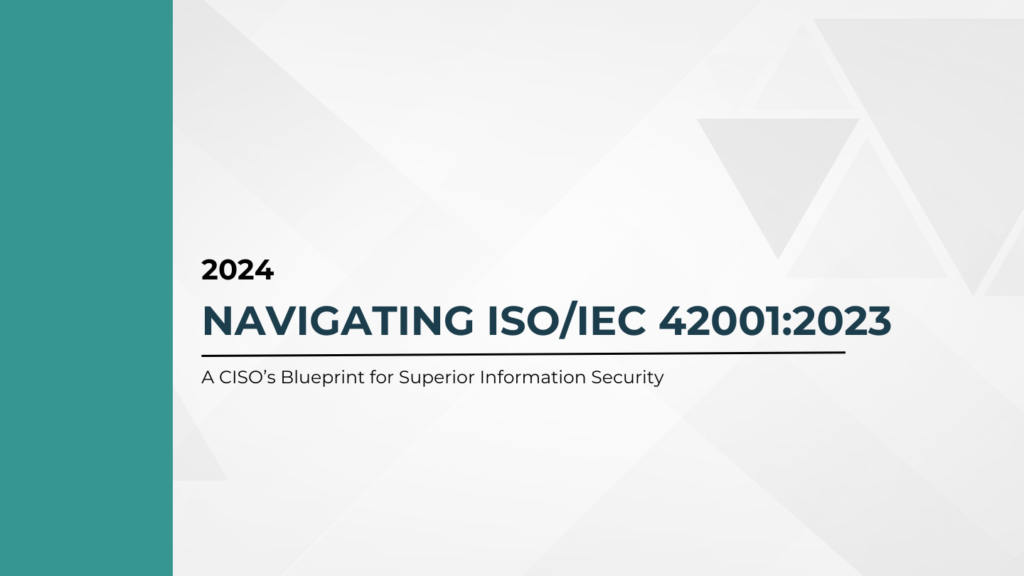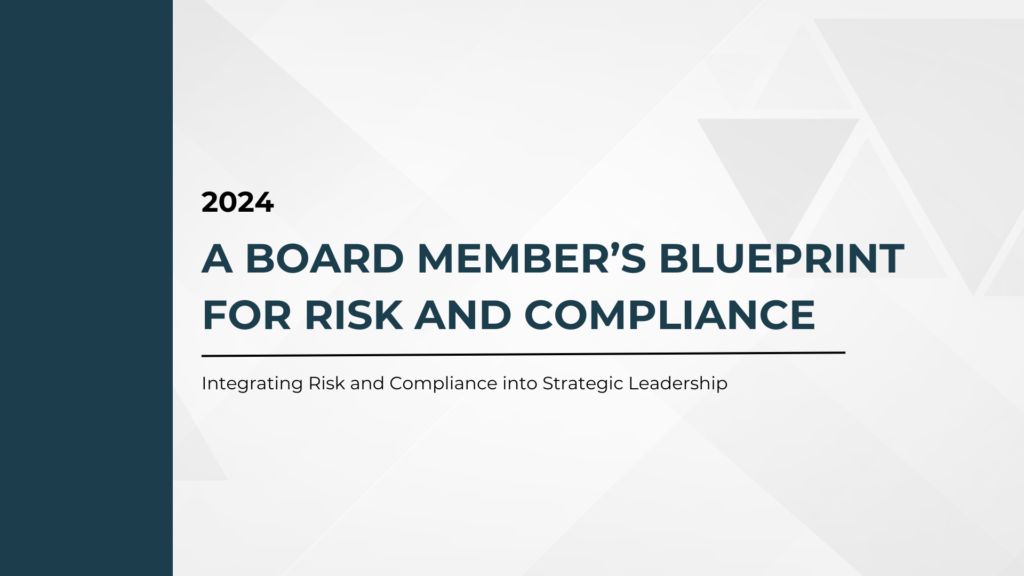The purpose of this guide is to provide organizations with a structured approach to establish, implement, and maintain effective policies that are aligned with their strategic objectives and operational needs. Policies play a crucial role in setting expectations, guiding behavior, ensuring compliance with legal and regulatory requirements, and facilitating decision-making processes. This guide aims to assist organizational leaders, policymakers, and compliance officers in navigating the complexities of policy management from inception to enforcement.
The guide is designed to:
- Offer a comprehensive framework for the development and maintenance of organizational policies.
- Help organizations create clear, consistent, and actionable policies that support their mission and values.
- Provide strategies for effectively communicating and enforcing policies across the entire organization.
- Facilitate compliance with legal, regulatory, and ethical standards, thereby minimizing risk.
- Enhance organizational culture by promoting transparency, accountability, and shared understanding.
Importance of Clear Policies for Organizational Success
Clear and well-implemented policies are foundational to organizational success for several reasons:
- Direction and Clarity: They provide employees with guidelines and expectations, helping to direct actions and decisions in alignment with organizational goals.
- Risk Management: By ensuring compliance with laws and regulations, policies help mitigate legal risks and protect the organization from potential fines, penalties, and reputational damage.
- Consistency: Policies promote consistency in operations, decision-making, and handling of issues, leading to fairness and equity within the organization.
- Efficiency: Clear policies streamline processes, reduce ambiguity, and enable quicker decision-making, thereby increasing operational efficiency.
- Culture and Engagement: Well-crafted policies contribute to a positive organizational culture by fostering an environment of trust, respect, and shared values.
Overview of the Policy Management Lifecycle
The policy management lifecycle encompasses the following stages, each critical to the effectiveness of policy management within an organization:
- Identification of Needs: This initial stage involves recognizing the need for new policies or updates to existing ones, often triggered by changes in the organizational environment, legal requirements, or strategic objectives.
- Development: Policy development includes drafting, reviewing, and revising policies. This stage requires collaboration among various stakeholders to ensure the policies are comprehensive, clear, and aligned with organizational goals.
- Approval: Policies are then submitted for approval by relevant authorities within the organization, such as the board of directors, executive leadership, or a designated policy committee.
- Implementation: Once approved, policies are communicated and disseminated across the organization. This stage includes training programs and the integration of policies into daily operations to ensure understanding and compliance.
- Maintenance: Policies must be regularly reviewed and updated to remain relevant and effective. This involves monitoring compliance, soliciting feedback, and making necessary adjustments to reflect changes in the organizational or external environment.
- Evaluation: The lifecycle is rounded out with the evaluation of policies to assess their impact, effectiveness, and alignment with organizational objectives. This feedback loop informs future policy development and refinement.
By following the policy management lifecycle, organizations can ensure that their policies are not only effective and compliant but also responsive to the dynamic nature of their operational environment.
To learn more on the ways Compyl, can help streamline your security program, schedule a demo with one of our security experts.













